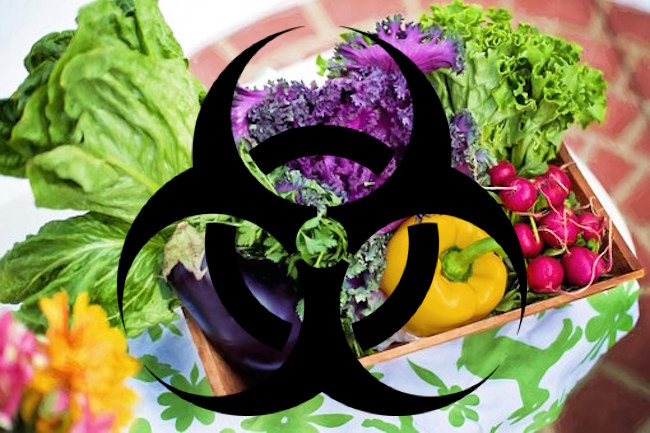As EPA Forced To Finalize New Rules, Report Details Widespread Use Of Neurotoxic Pesticide Across US By Jessica Corbett for Natural Blaze
Two decades after the Environmental Protection Agency ended household use of chlorpyrifos over concerns about its impact on the brains of children, the neurotoxic pesticide is still widely applied to crops across the United States, according to a report published Wednesday.
The public interest law firm Earthjustice released the report—entitled Poisoned Food, Poison Brains: Mapping dangerous pesticides in the foods we eat (pdf)—just weeks before the EPA is set to announce new restrictions on chlorpyrifos.
Earthjustice, along with farmworker and public health groups, has pressured the EPA to ban chlorpyrifos through legal action. In what the group hailed as a huge victory, the U.S. Court of Appeals for the 9th Circuit in April ordered the agency to ban all food uses of the pesticide or retain only those that are safe for workers and children. The EPA’s deadline to unveil its rule is August 20.
Studies have connected chlorpyrifos exposure with permanent harms to the brains of children, including attention problems, developmental delays, and intelligence loss. It is commonly used on broccoli, Brussels sprouts, cauliflower, cranberries, corn, fruit and nut trees, soybeans, and other row crops as well as on fence posts, green houses, golf courses, turf, and utility poles.
For the new report, Earthjustice reviewed data on agricultural pesticide use and human health risks from the EPA and the United States Geological Survey. The group found that 5.6 million pounds of chlorpyrifos was applied on agricultural land nationwide in 2017, with the most usage documented in California, Minnesota, North Dakota, and Kansas.
According to Earthjustice:
Anyone living near where chlorpyrifos is used can be exposed to unsafe levels through air (drift) or drinking water, according to government studies, which note that food is a method of exposure too. Government reports show that farmworkers and people who live, work, or go to school near agricultural fields where chlorpyrifos is used experience dangerously high levels of exposure and are at elevated risk of harm.
“Children between one and two years old are most at risk of harm from chlorpyrifos, as they face dietary exposures of more than 140 times EPA’s so-called level of concern,” the report says.




